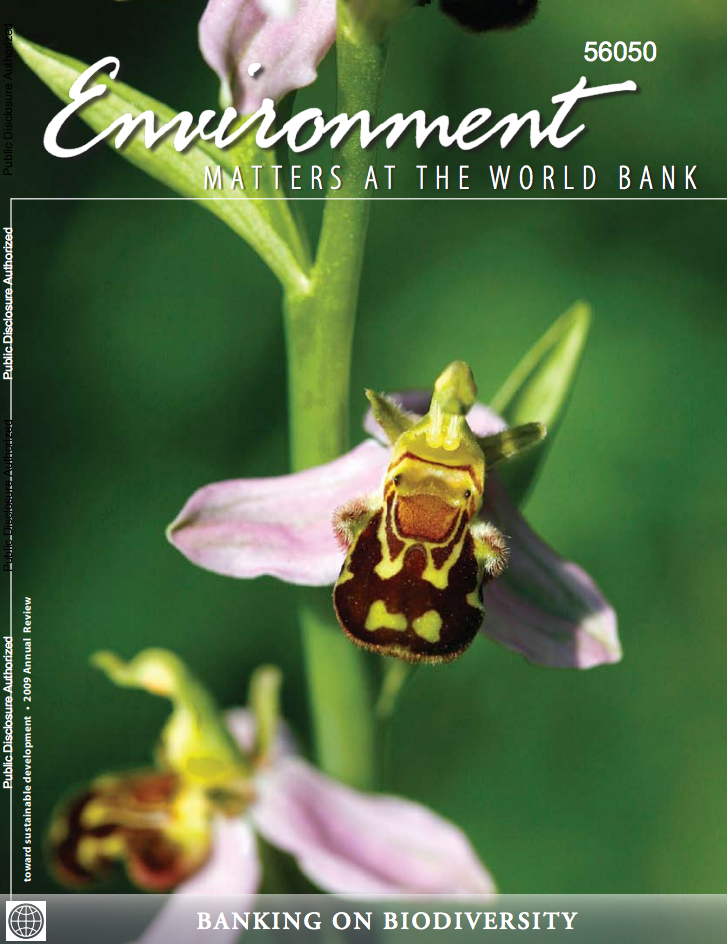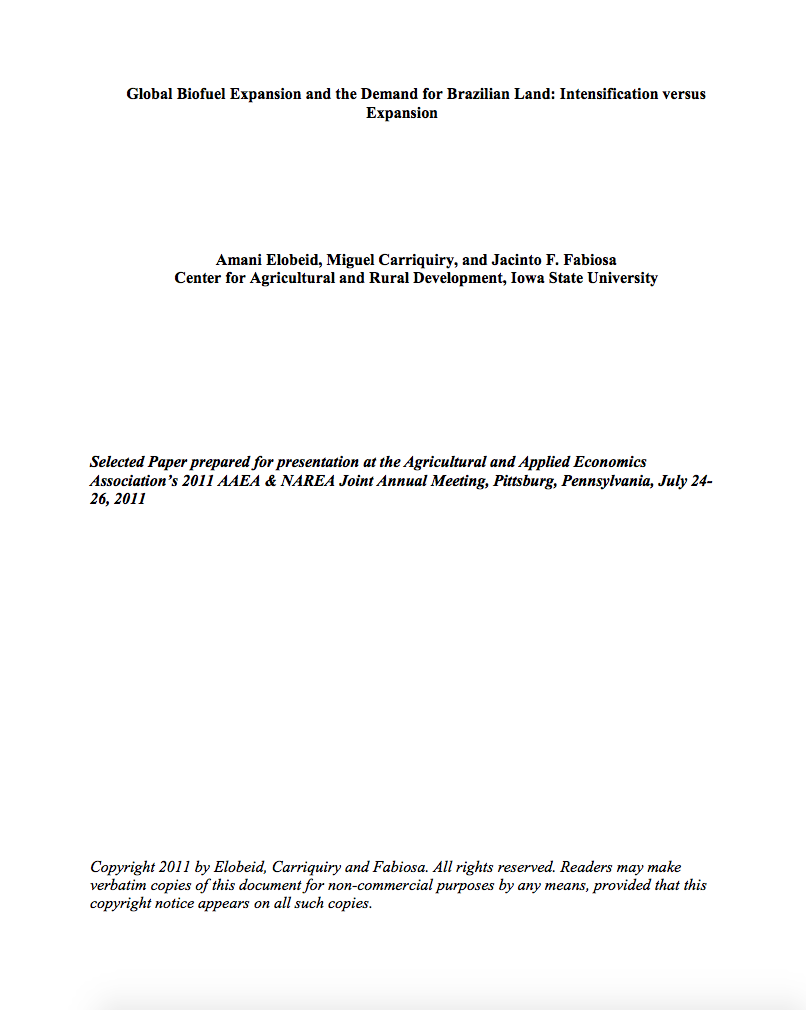
Proportion of important sites for terrestrial and freshwater biodiversity that are covered by protected areas, by ecosystem type
Last updated on 1 February 2022
This indicator is currently classified as Tier I. The United Nations Environment Programme (UNEP) is the Custodian agency for this indicator.
Unit of measure: Mean percentage of each terrestrial and freshwater Key Biodiversity Area covered by (i.e. overlapping with) protected areas and/or Other Effective Area-based Conservation Measures
Sub Indicators: Average proportion of Freshwater Key Biodiversity Areas (KBAs) covered by protected areas (%), Average proportion of Terrestrial Key Biodiversity Areas (KBAs) covered by protected areas (%)
Why is this indicator important?
To bring the global decline in biodiversity to a halt and secure a long-term and sustainable use of terrestrial and freshwater natural resources, it is crucial to safeguard important sites. Establishing protected areas is an essential mechanism to reach this objective. SDG Indicator 15.1.2 measures progress toward the conservation, restoration and sustainable use of terrestrial and freshwater ecosystems and their services, in accordance with international agreements.
How is the indicator measured and monitored?
SDG indicator 15.1.2 measures the proportion of important sites for terrestrial and freshwater biodiversity that are covered by protected areas, by ecosystem type. Data derived from a spatial overlap between digital polygons for protected areas from the World Database on Protected Areas, digital polygons for Other Effective Area-based Conservation Measures (OECMs) from the World Database on OECMs, and digital polygons for terrestrial and freshwater Key Biodiversity Areas (from the World Database of Key Biodiversity Areas, including Important Bird and Biodiversity Areas, Alliance for Zero Extinction sites, and other Key Biodiversity Areas) is the basis for the calculation of the indicator. Protected areas are defined by IUCN as clearly defined geographical spaces, recognized, dedicated and managed, through legal or other effective means, to achieve the long-term conservation of nature with associated ecosystem services and cultural values.
According to the metadata document, the value of the indicator at a given point in time, based on data from the year of protected area establishment recorded in the World Database on Protected Areas, is computed as the mean percentage of each Key Biodiversity Area currently recognized. Disaggregation is available by national, regional, and global levels and ecosystem types. The indicator does not encompass degazetted sites that are not listed in the World Database of Protected Areas, as well as ‘proposed’ or ‘not reported’ sites and protected areas lacking digital boundaries.
International organizations responsible for global monitoring are the United Nations Environment World Conservation Monitoring Centre (UNEP-WCMC), BirdLife International (BLI), and the International Union for Conservation of Nature (IUCN).
By Anne Hennings, peer-reviewed by UNEP.
Official indicator data
Proportion of important sites for terrestrial and freshwater biodiversity that are covered by protected areas, by ecosystem type. This dataset provides a percentage of the mean proportion of Key Biological Areas (KBA) that are protected for their environmental values in both terrestrial ecosystems and freshwater ecosystems. * Select "year" below to see the most recent data for more countries. ** To refresh the map with other official data, use the ’Select an indicator field’. Type in the other indicators titles, as given in the table below.
| Indicator | Min-Max Number of years |
Countries / Obs | Min / Max Value |
|---|---|---|---|
| Average proportion of Freshwater Key Biodiversity Areas (KBAs) covered by protected areas (%) | |||
| Average proportion of Terrestrial Key Biodiversity Areas (KBAs) covered by protected areas (%) |
Other related indicators on Land Portal
Other related data: In addition to the official indicator data, the following indicators provide information related to terrestrial and marine protected areas and community or indigneous land rights in protected areas.
| Indicator | Min-Max Number of years |
Countries / Obs | Min / Max Value |
|---|---|---|---|
| Marine protected areas (% of territorial waters) | |||
| Terrestrial and marine protected areas (% of total territorial area) | |||
| Terrestrial protected areas (% of total land area) | |||
| X - Land Rights in protected areas - Community Lands | |||
| X - Land Rights in protected areas - Indigenous People |
Paginação
Environment Matters at the World Bank, 2009 Annual Review : Banking on Biodiversity
This issue of environment matters
celebrates the 2010 international year of biodiversity and
describes some of the challenges and opportunities in
protecting biodiversity for the benefit of humankind. From
the world's highest mountain ranges to the lowland
Introduction: Human migration to protected area edges in Africa and Latin America: Questioning large-scale statistical analysis
The introduction to this set of papers highlights four challenges to the large-scale analysis of population growth at protected area edges in Africa and Latin America undertaken by George Wittemyer and colleagues in their 2008 paper published in Science.
Designing a conservation area network that supports the representation and persistence of freshwater biodiversity
1. The progression of approaches in systematic conservation planning from representation to representation and persistence has greatly enhanced its potential applicability to freshwaters. However, conceptual frameworks that consolidate principles for incorporating persistence into freshwater conservation planning are still lacking. 2.
Global biofuel expansion and the demand for Brazilian land: intensification versus expansion
The rapid increase in global biofuel production and consumption, particularly of ethanol, has an associated derived demand for crops to produce the necessary feedstock.
Local Land-Use Planning to Conserve Biodiversity: Planners' Perspectives on What Works
Because habitat loss due to urbanization is a primary threat to biodiversity, and land-use decisions in urbanizing areas are mainly made at the local level, land-use planning by municipal planning departments has a potentially important--but largely unrealized--role in conserving biodiversity.
Paginação
![]()

By 2020, ensure the conservation, restoration and sustainable use of terrestrial and inland freshwater ecosystems and their services, in particular forests, wetlands, mountains and drylands, in line with obligations under international agreements
Indicator details
The Indicator is conceptually clear, has an internationally established and available methodology and standards, and that data is regularly produced by countries for at least 50 per cent of countries and of the population in every region where the indicator is relevant.
Key dates:




